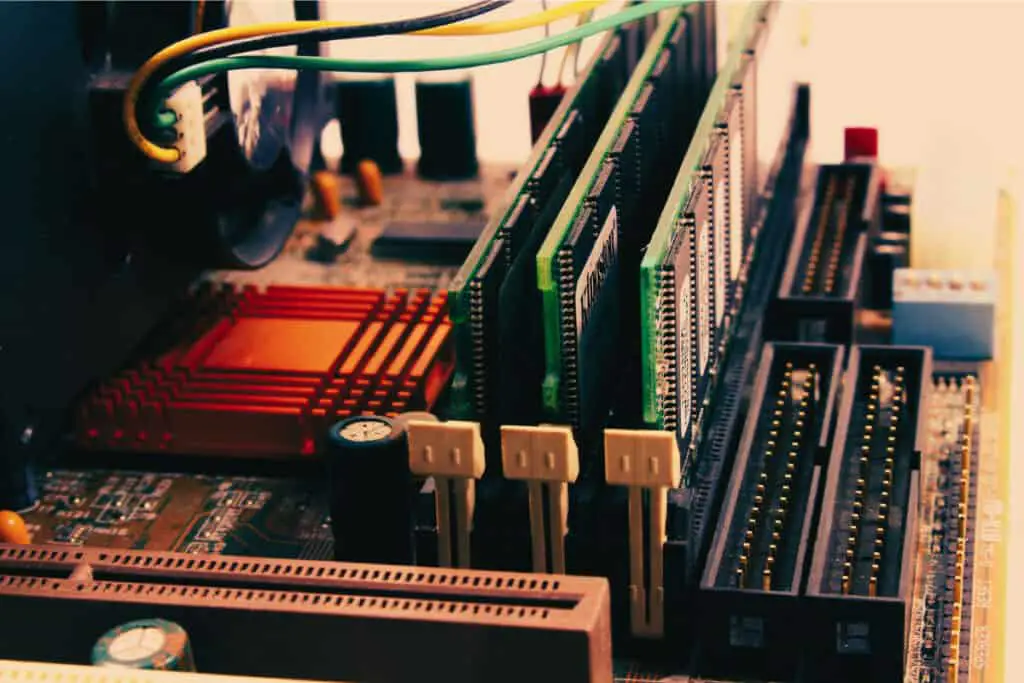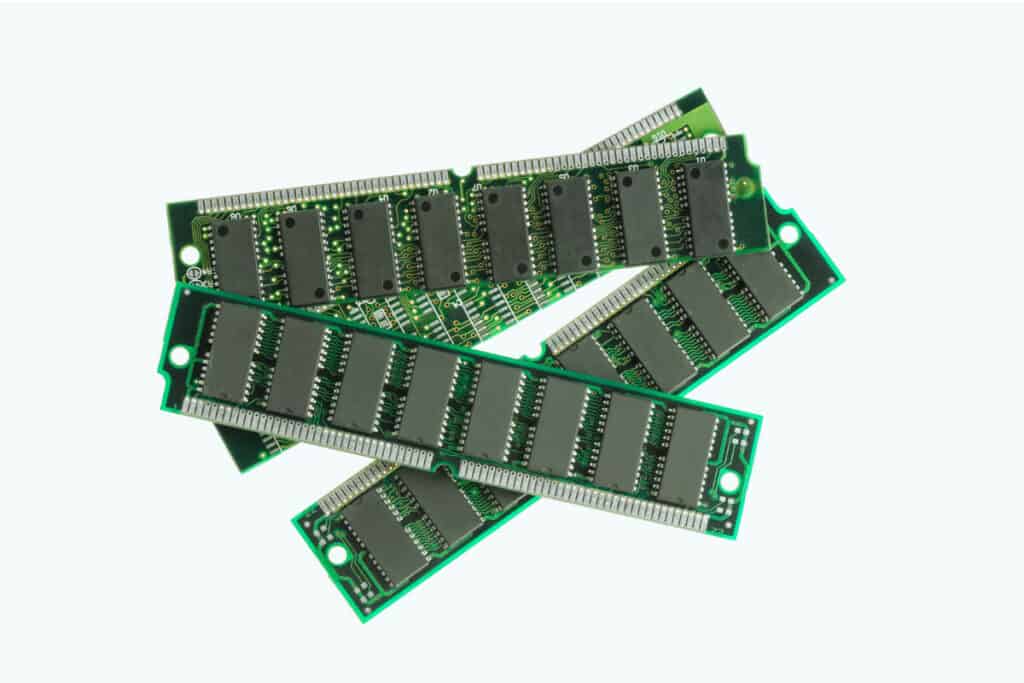Because Blender is variable in terms of what can be created using the software. The specifications for any device that uses Blender change depending on the project. One of the key specifications here is RAM, which is the short term memory capacity of your device. So how much RAM is required to run Blender for any task?
32GB of RAM is often considered sufficient to run Blender for most blender-related tasks, ranging from 3D modeling to texture application to animation. More Ram may be required for the most complex projects, especially ones that use physics simulations.
Most users will not have 32 gigabytes of RAM on their machine and so will have to make do with less. Blender is used for various tasks, and each task has its requirements for how much memory is required.
Why Does Blender Require RAM To Function Properly?
There are several reasons why RAM is required for Blender and any other program to function. But you understand why RAM is important for Blender. We need to understand what RAM actually is.
RAM is short for random access memory and is the primary storage of all computers. Information that is stored in random access memory is volatile because the random access memory will only store information so long as the computer is powered on.

Your RAM is constantly functioning, and when you are using Blender, it will require a variable amount of the round your computer possesses, depending on your tasks.
A good analogy is to compare RAM to the human brain. Long-term memory can be likened to the hard disc drive or SSD used in our machines. On the other hand, RAM can be likened to short-term memory to process information in real-time.
Because of this, information stored in our RAM can be accessed almost immediately and faster than information we can gain from an SSD.
When working with Blender specifically, RAM can store all types of information, but perhaps the most common of these would be the information in the 3D viewport.
Your viewport can store a lot of geometric data, and not all of it is viewed in a single instance. The data from your scene is automatically saved to your system memory or RAM.
If you were to compare a system with only 4GB of RAM to two a system with 32GB and then try to orbit the same scene in Blender on each device, you would find a very noticeable difference in terms of lag as you orbit around the scene.
Another example where RAM can come into play is when you are rendering with the CPU rather than the GPU. The GPU has its own form of memory known as VRAM. However, if you are not using the GPU, then you will not be using its VRAM.
Therefore, the system memory will be used instead as you render with the central processing unit. While the CPU is slower traditionally at rendering compared to GPUs, this does allow for an advantage as in most machines, you will find that you have more system memory than your graphics card will have VRAM.

When calculating renders, Blender will determine how much memory is required to complete the rendering process.
The render will stop if it finds that the limit has been breached. So in examples where we have more complex scenes that require more video memory than what the graphics card possesses, we can use the CPU and the RAM to complete those renders.
Will Increasing Your RAM Increase Performance In Blender?
Because RAM impacts the various aspects of the blender ecosystem, increasing the amount of RAM you have will increase the performance of Blender while you are working.
Fortunately, your RAM is one of the most accessible parts of your PC to upgrade. For example, if you have a single stick of 8GB of system memory, you must purchase another 8GB stick and install it on your computer.
Note that however many sticks of RAM you choose to use, they need to be the same, especially in capacity.
You could also replace lower-capacity RAM with higher-capacity RAM instead. Again, this should have a noticeable impact on performance when working on more complex projects within Blender.
What Is The Lowest Amount Of RAM I Can Use With Blender?
Well, 32 gigabytes of RAM is considered the target amount for 3D artists who wish to use Blender. Not everybody can afford a machine that has that much system memory. The lowest amount of RAM you can feasibly possess and still run Blender would be 2 gigabytes.
However, this is far below the recommended minimum specs for Blender, which is currently set at 8 gigabytes. This is because while two gigabytes of RAM is sufficient to open Blender and perform basic tasks, it will be very difficult to go beyond that.
Having Blender open typically uses at least one and a half gigs of system memory. That’s without doing anything or manipulating the scene in any way. From there, the more geometry, textures, and lights that you add to the scene, the more it will impact system performance if the system is too weak to handle it.
Thanks For Reading
We appreciate the time you took to read through the article and hope you found the information you were looking for. Below is a list of other Blender-related topics you may be interested in reading.